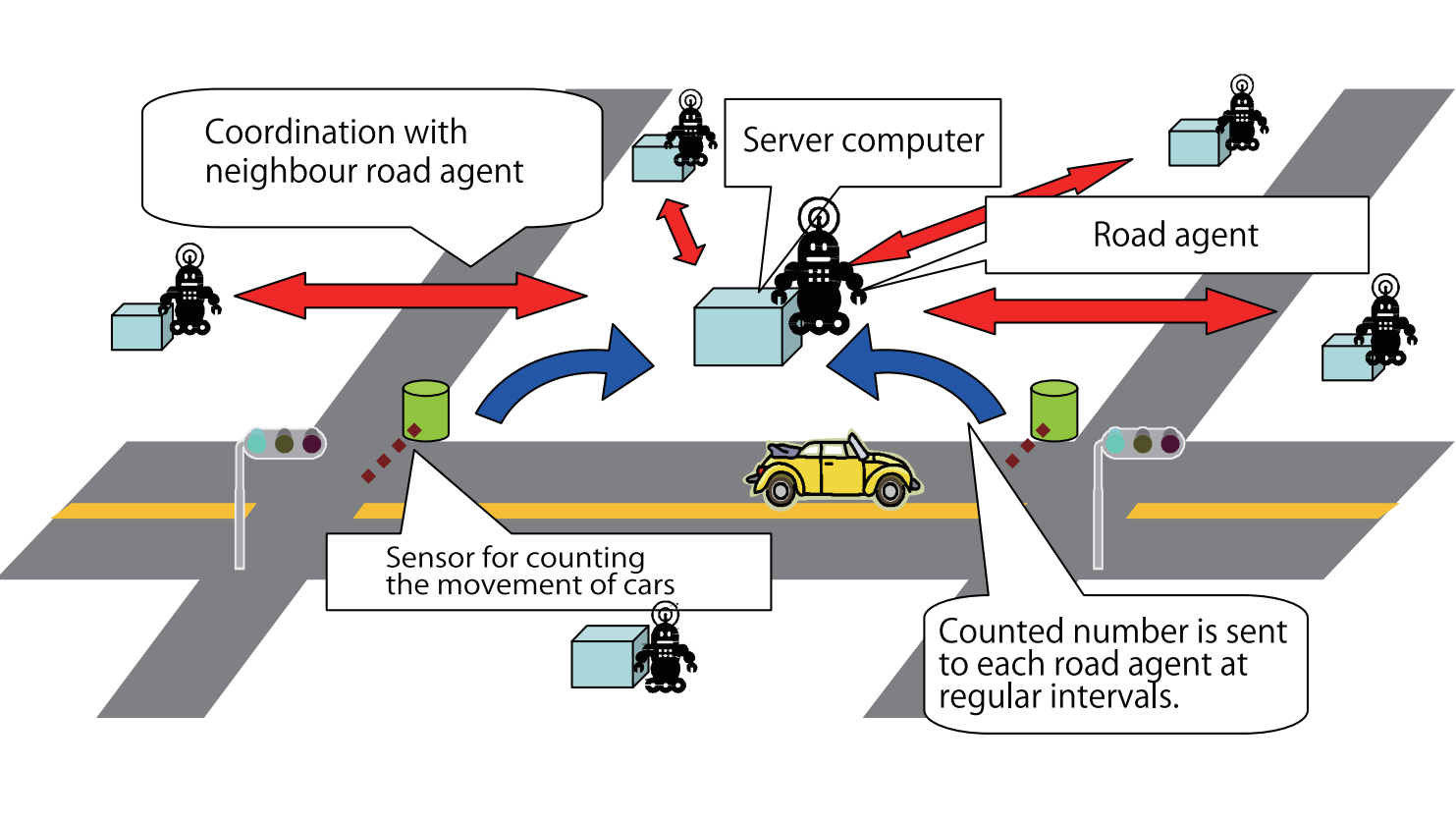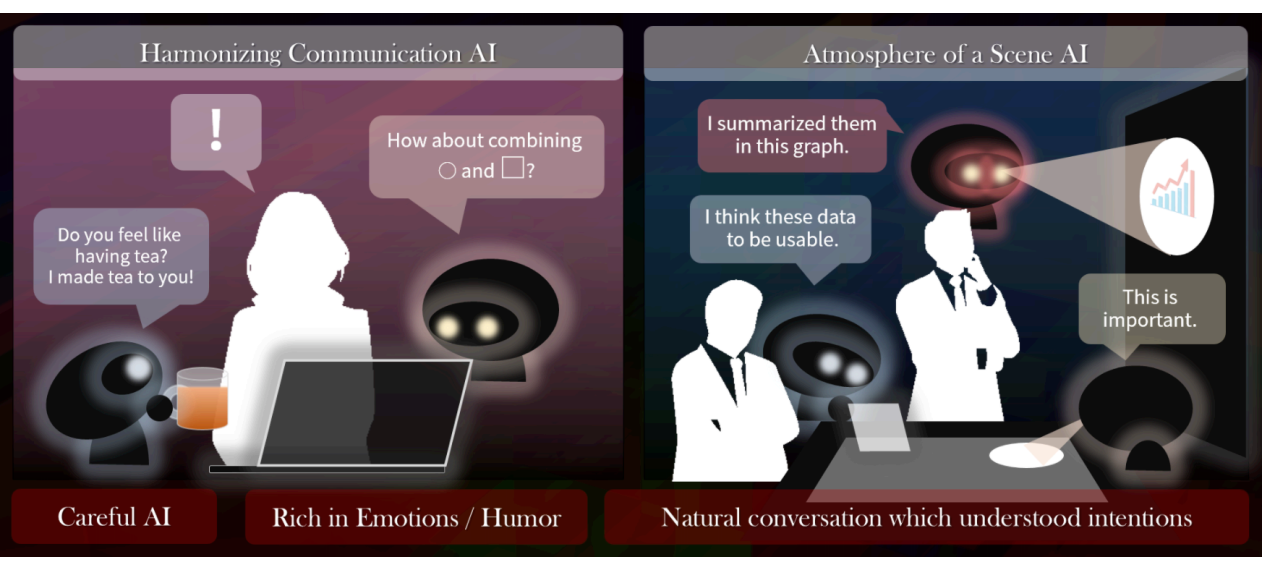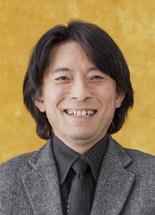June 2017 Issue
Topics
Innovative insights into artificial intelligence
Satoshi Kurihara is conducting research in the areas of intelligent traffic light controls; verification of the validity of multi-agent type information diffusion models (AIDM); and realization of artificial intelligence based active learning environments.
"In Japan, it is estimated that traffic congestions leads to the loss of 40 hours/year per person, economic losses of 15 trillion JPY/year, and environmental pollution," says Kurihara. "We are using so called real time 'multi-agent coordination' to control traffic signals and thereby mitigate traffic jams. The critical feature of our approach is that traffic lights are autonomous, communicating and coordinating with each other in real time to respond to traffic movements." Detailed information about this research is described in Reference 1.
The aim of the second area of research is to prevent the diffusion of fake rumors in social networking services (SNS). "Twitter and other such SNS were widely used to share information during the Great East Japan Earthquake in March 2011," says Kurihara. "But false rumors spread by SNS were a source of concern. We want to prevent the diffusion of such rumors, especially during natural disasters." The details of this group's research using the Agent-based Information Diffusion Model are given in Reference 2.
The third research topic is 'ambient computing' where technology works for people rather like secretaries and home helpers. "Japan is facing a rapidly aging society so many people will not be able to use conventional technology based on remote controllers to switch appliance on and off," says Kurihara. "We are developing ambient technology that will watch people and anticipate their moves and needs, to support their daily lives." Kurihara has created a so-called 'autonomous environment' in the UEC library to actively support students with their studies. "The UEC Ambient Intelligence Agora is an example of artificial intelligence supporting learning at universities." Further information at the URL in Reference 3.
References
- S. Kurihara et al, Proposed traffic light control mechanism based on multi-agent coordination, J. Advanced Computational Intelligence and Intelligent Informatics, vol. 20, p. 803, (2016).
- S. Kurihara et al, SIR-extended information diffusion model of false rumor and its prevention strategy for Twitter, Advanced Computational Intelligence and Intelligent Informatics vol. 18, p. 598, (2014).
- Ambient Intelligence Agora (In Japanese)
http://www.lib.uec.ac.jp/modules/news/index.php?page=article&storyid=349





